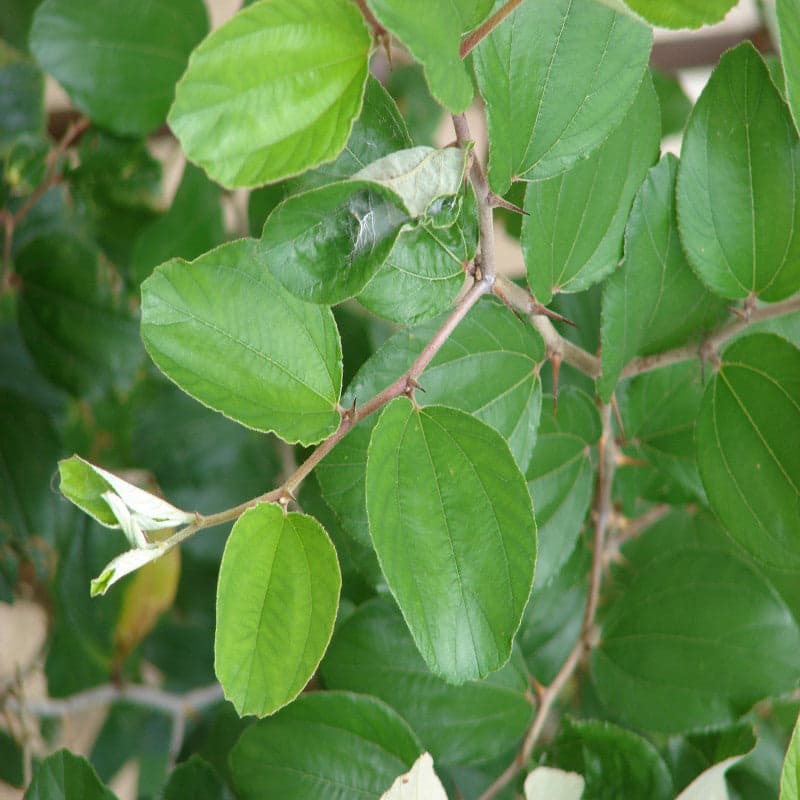In the realm of botanical art, few floral subjects encapsulate beauty and complexity quite like the tulip. This deceptively simple bloom, with its elegant form and vibrant hues, has been a source of inspiration for artists across centuries. From the meticulous strokes of the illustrators of the Dutch Golden Age to contemporary interpretations, tulips serve not only as a subject for artistic expression but also as a vital element in understanding the intricacies of botanical illustration. The allure of the tulip is steeped in a rich history marked by fascination, reverence, and a hint of mystique. This article delves into the nuances of tulip illustrations, examining their artistic elements while also celebrating the broader context of botanical art.
The genesis of botanical illustration can be traced back to antiquity when early scholars sought to catalog the diversity of plant life. In many ways, the tulip embodies the essence of this endeavor, representing not only its own distinctive characteristics but also the cultural significance it has acquired over time. Its vivid coloration, paired with a variety of forms, has made it a perennial favorite among artists and botanists alike. The tulip's past is interwoven with tales of extravagance, particularly during the 17th century, when it was at the heart of 'Tulipmania' in the Netherlands. This euphoric obsession saw its bulbs traded for dizzying prices, solidifying the tulip's status as a symbol of both wealth and beauty.
Yet, the tulip is more than just a commercial icon. When examining its portrayal in botanical illustrations, one can discern various motivations driving artists to depict this exquisite flower. The accuracy of plant representation serves not merely as a scientific exercise but also as an artistic pursuit. Renowned artists, such as Pierre-Joseph Redouté, who is often referred to as the "Raphael of flowers," captured the tulip's ephemeral nature with painstaking precision. His works epitomize the fusion of artistry and botany, with each illustration meticulously crafted to convey the beauty of the tulip while adhering to botanical accuracy.
Notably, the artistic rendering of tulips extends beyond simple replication of their physical attributes. The interplay of light and shadow within a tulip illustration imparts a lifelike quality that breathes dynamism into the static image. Color theory also plays a crucial role in these illustrations; the interaction of chromatic hues and subtle gradations can evoke emotions and deepen the viewer's connection to the subject. Artists often employ chiaroscuro techniques to highlight the tulip's delicate petals, inviting an immersive experience that transcends mere observation.
The significance of tulips in botanical art is perhaps most profoundly underscored by the narratives surrounding their cultivation and hybridization. As gardeners began to experiment with various cultivars, artists were inspired to document and celebrate these burgeoning floral varieties. This dynamic relationship between botanical science and illustration is emblematic of the broader movement of the Enlightenment, where curiosity drove the exploration of nature and artistic representation sought to encapsulate its diverse manifestations. The tulip, constantly evolving through hybridization, became a canvas upon which art and nature intertwined, embodying the spirit of discovery inherent in botanical studies.
Moreover, the stylization of tulip illustrations often reflects the cultural zeitgeist of the period in which they were created. For instance, during the Victorian era, the blossoming interest in floral symbolism led to tulips being represented within broader floral arrangements, each botanical choice steeped in meaning. A single tulip can evoke feelings of love and passion, while the broader composition might suggest a tapestry of emotions. Consequently, this elucidates the depth encompassed within a seemingly straightforward tulip illustration—an amalgamation of artistry, emotion, and botanical knowledge.
In contemporary times, artists continue to explore the tulip's potential through various mediums. Digital art, photography, and traditional watercolor remain popular forms of expression, each offering unique interpretations of this classic floral icon. Today's botanical illustrators often bridge the gap between art and digital technology, using mixed media to create stunning pieces that both honor traditional techniques and embrace modern aesthetics. This evolution of representation illustrates the timelessness of the tulip as a subject, while simultaneously offering new avenues for artistic exploration.
From its historical significance to its ongoing popularity, the tulip occupies a revered space in the pantheon of botanical art. Each illustration tells a story—of the artist's intent, of cultural history, and of nature's extraordinary diversity. As we examine botanical illustrations, we can appreciate how the tulip serves as a reflection of humanity's enduring relationship with the natural world. Through meticulous depictions and emotional resonance, tulip illustrations transcend mere aesthetics, beckoning us to explore deeper connections with art, culture, and nature. Thus, in celebrating the essence of the tulip within the wide spectrum of botanical illustrations, we uncover a profound understanding of the interplay between artistry and the botanical realm.
In conclusion, tulips are not merely subjects of aesthetic admiration; they serve as vessels of history, cultural significance, and artistic exploration. Their illustrations remind us of the delicate balance between nature and human interpretation. Each brushstroke and detail encapsulates a rich tapestry of human emotion, scientific inquiry, and artistic expression, inviting both contemplation and appreciation. As we continue to find inspiration in the world around us, the humble tulip remains a poignant reminder of the beauty found in both art and nature.




















Responses (0 )